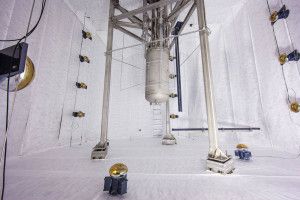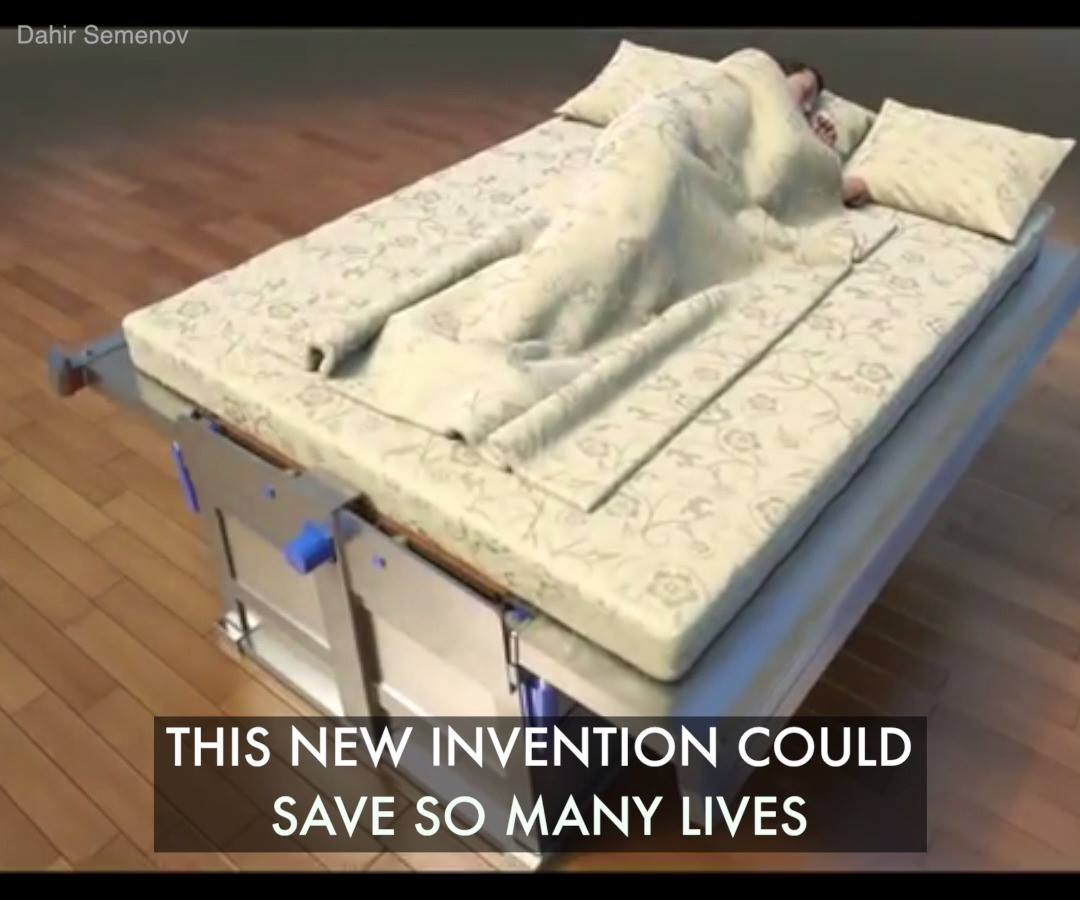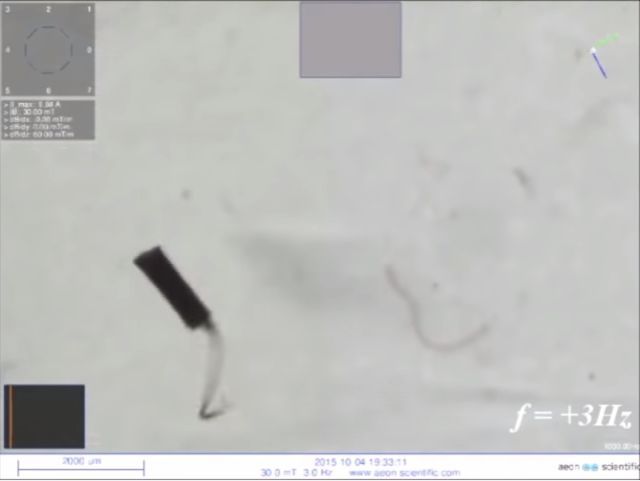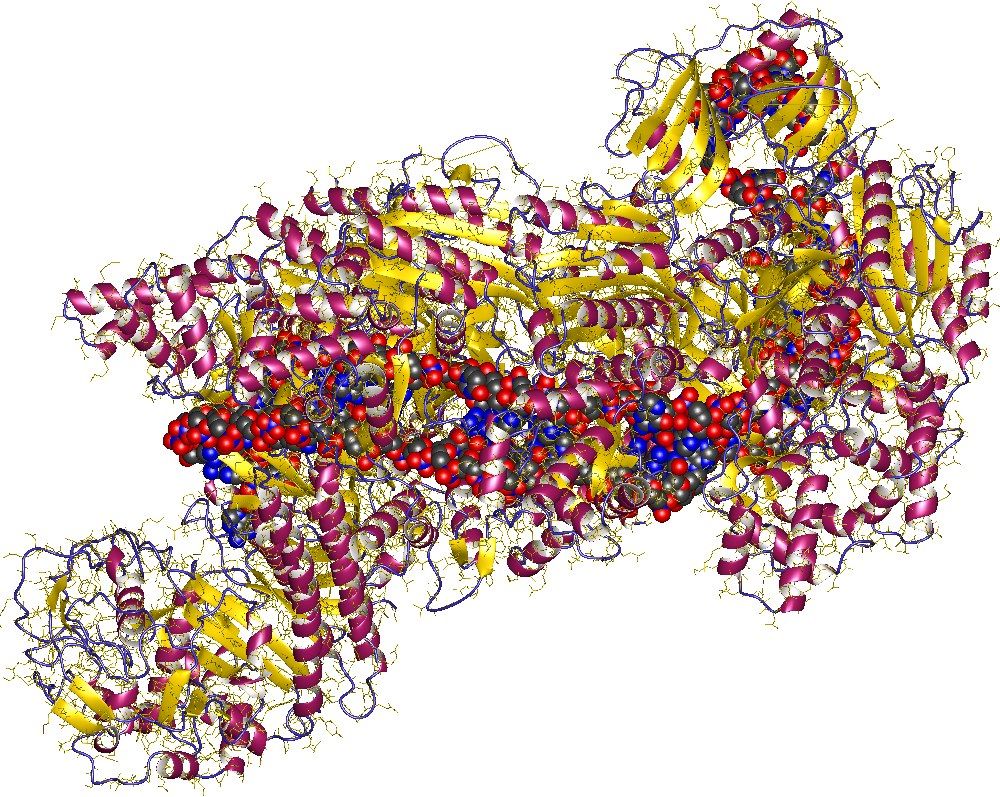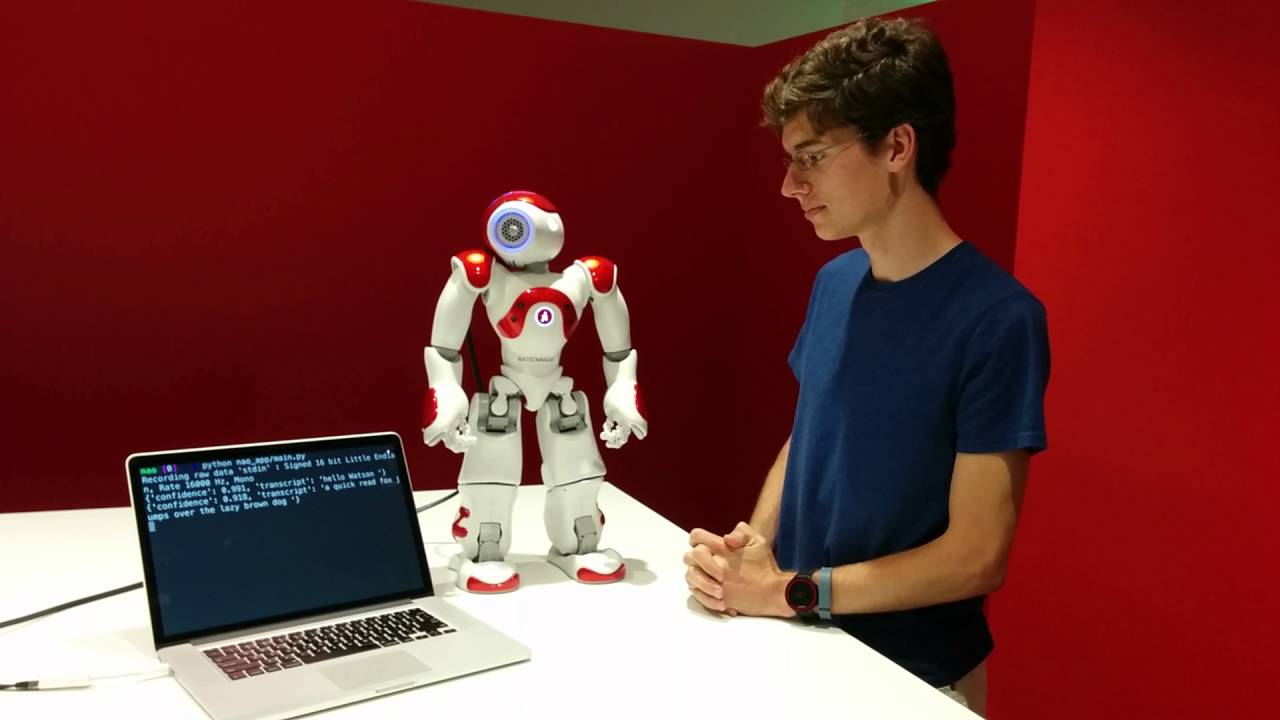Jul 22, 2016
Another dark matter search comes up empty
Posted by Aleksandar Vukovic in category: cosmology
Even though dark matter has not yet been found, scientists are confident it exists as its effects can be seen in the rotation of galaxies and the bending of light as it makes its way through the universe.
The Large Underground Xenon (LUX) dark matter experiment has found no traces of dark matter.
